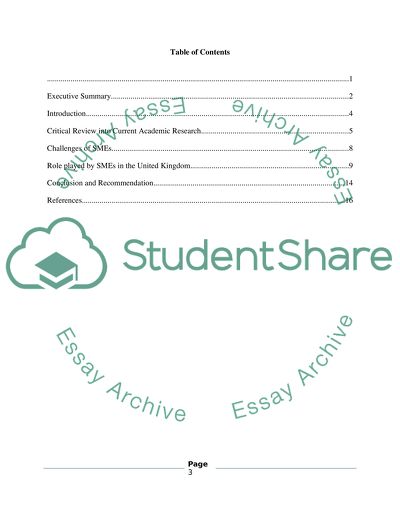Cite this document
(“A review of academic research undertaken in relation to Small and Essay”, n.d.)
Retrieved from https://studentshare.org/macro-microeconomics/1394124-a-review-of-academic-research-undertaken-in
Retrieved from https://studentshare.org/macro-microeconomics/1394124-a-review-of-academic-research-undertaken-in
(A Review of Academic Research Undertaken in Relation to Small and Essay)
https://studentshare.org/macro-microeconomics/1394124-a-review-of-academic-research-undertaken-in.
https://studentshare.org/macro-microeconomics/1394124-a-review-of-academic-research-undertaken-in.
“A Review of Academic Research Undertaken in Relation to Small and Essay”, n.d. https://studentshare.org/macro-microeconomics/1394124-a-review-of-academic-research-undertaken-in.


